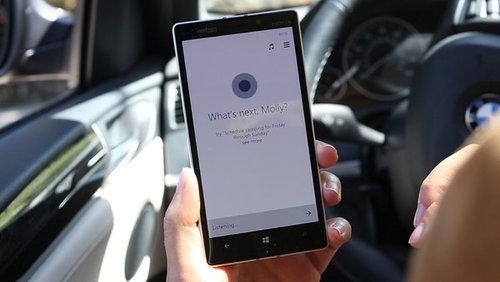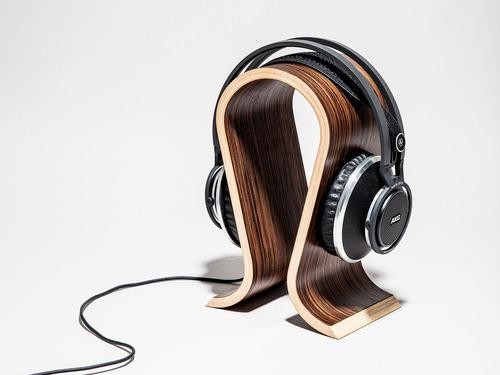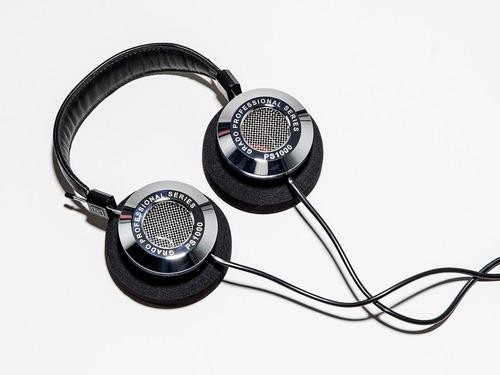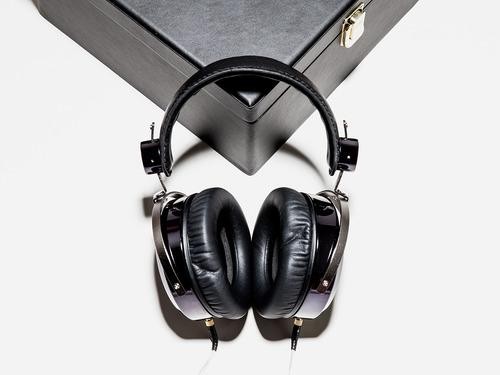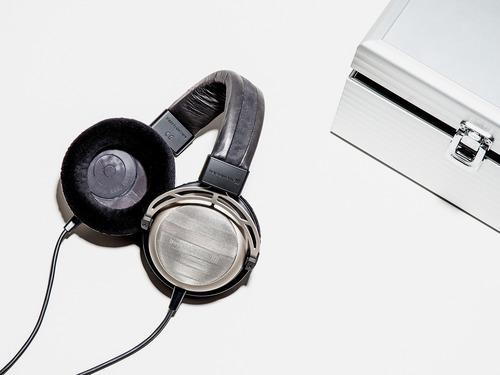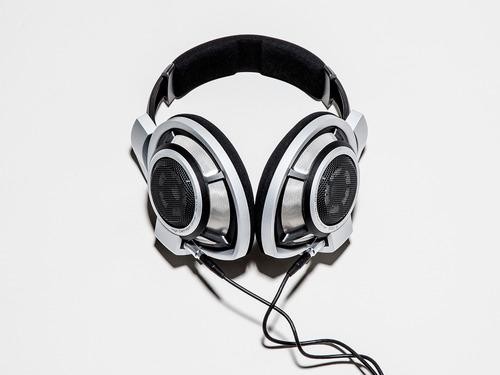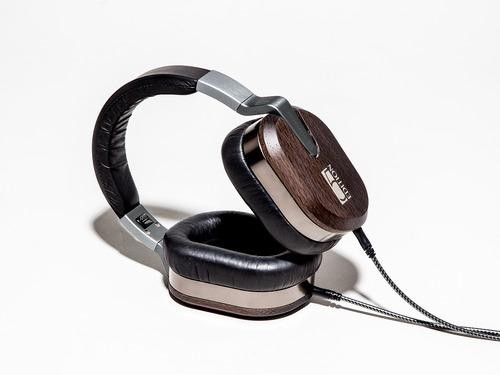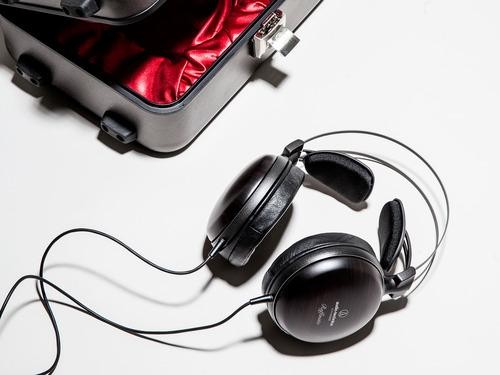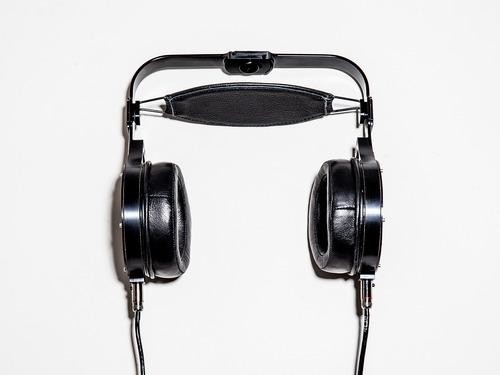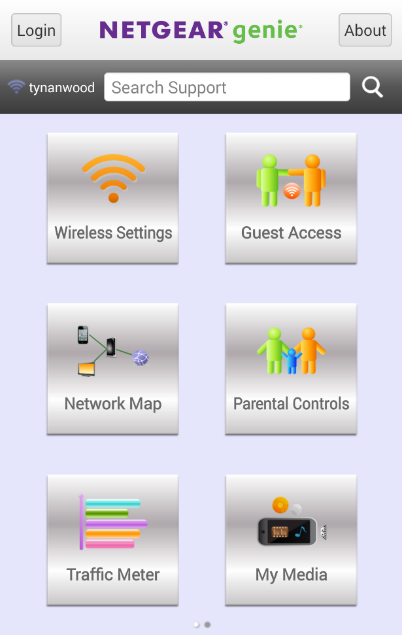1. A speaker the size of your thumb: Most travel speakers are so unwieldy that we just conveniently leave them at home and then lament not being able to listen to Billy Ocean while we lounge by the pool. You’ll never complain about this little guy taking up too much space. Put it on your keychain and get up to six hours of playback with easy USB charging.

(Courtesy: Fancy.com)
2. An in-flight entertainment hack: I’m still surprised by the number of planes that haven’t moved into the 21st century when it comes to in-flight entertainment. Quit your whining. This device mounts your tablet/e-reader/smartphone on the back of the seat in front of you for easy viewing and reading.
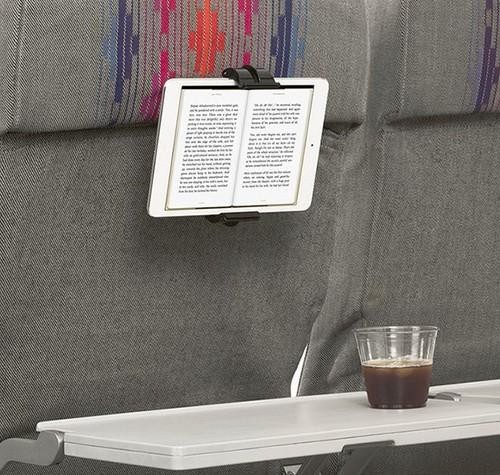
(Courtesy: Fancy.com)
3. An iPhone telephoto lens: These days, most of us use our phone as our primary camera — often to our detriment. This handy lens puts your iPhone on steroids to provide sharper photo and video resolution. It is no substitute for the real thing, but it isn’t a bad hack if you don’t want to bring your pricey camera on a jaunt.
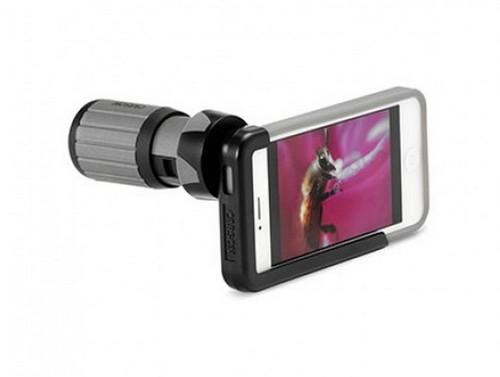
(Courtesy: Magellan’s)
4. The perfect travel adaptor: It may not be sexy, but this little bugger will save you both space and frustration. If you’re like me, you have a box somewhere in your house filled with unlabeled travel adaptors from about a dozen different countries. Now you can throw them away and put other things in that box (like orphaned power cords). This lightweight gadget is pretty much the only adaptor you will ever need — unless you are going to the moon.

(Courtesy: Monoprice)
5. A solar backpack: Sure, this bag is handy for backpacking, but it’s also great for bumming around a city. Having a power source on your back means you don’t need to scout for a coffee shop every time one of your devices conks out. Besides charging all your stuff, it has 1,500 cubic inches of storage space, a padded laptop sleeve, and an integrated phone pouch.

(Courtesy: Voltaic Systems)
6. Jawbone wristband: Keep track of how healthy you are on the road with this fitness band that tracks your activity level, nutrition, and sleep to help you make smarter choices while you are on the go.

(Courtesy: Jawbone)
7. Electronics hammock: I am an outlet stalker. I will plug in anytime, anywhere, whether it is on the floor of the airport or a dirty bathroom in Cusco. My No. 1 concern isn’t that my device will be stolen (I stay close by), but that it will be stepped on. This adorable little German hammock will cuddle your phone and keep it safe.
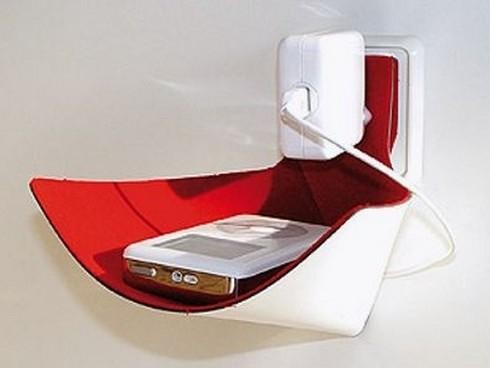
(Courtesy: Fair-kaeuflich.DE)
8. Sterilizer pen: In some countries it would behoove you to be wary of even the bottled water. In just seconds the UV light in this pen creates safe drinking water whenever you’re a little iffy about the H2O in a new country.

(Courtesy: Steri-Pen)
9. Doorstop alarm: How often have you looked at the flimsy lock on a motel/hostel/guest house door and thought, “I am going to be killed in my sleep”? This door wedge alarm will wake you up before an intruder can actually open your door — and odds are it will probably scare him off, too.
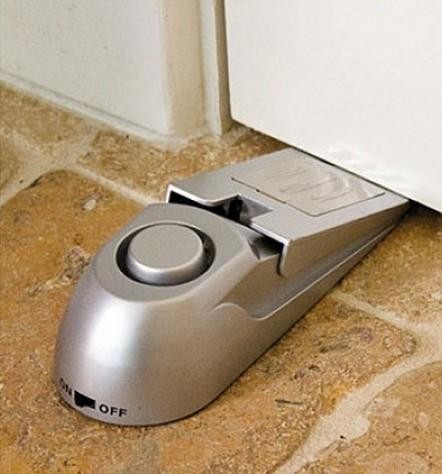
(Courtesy: Magellan’s)
